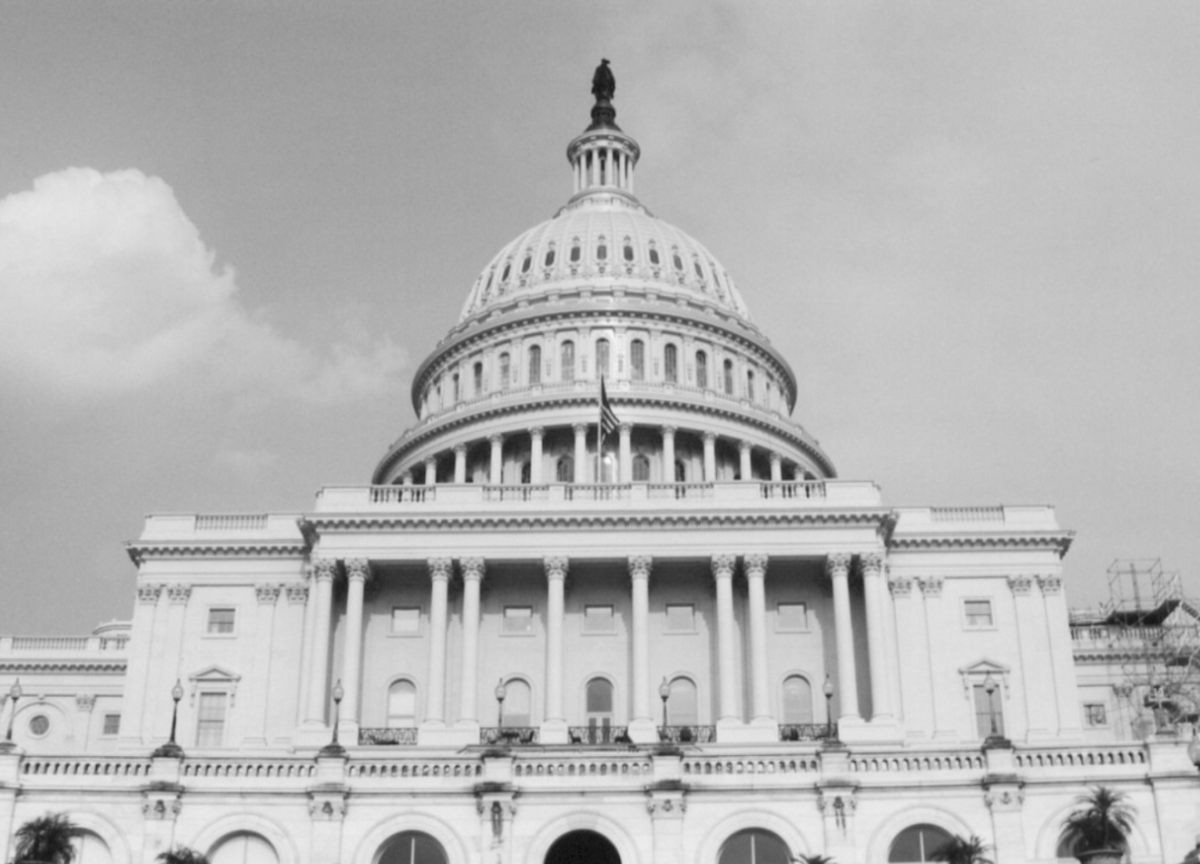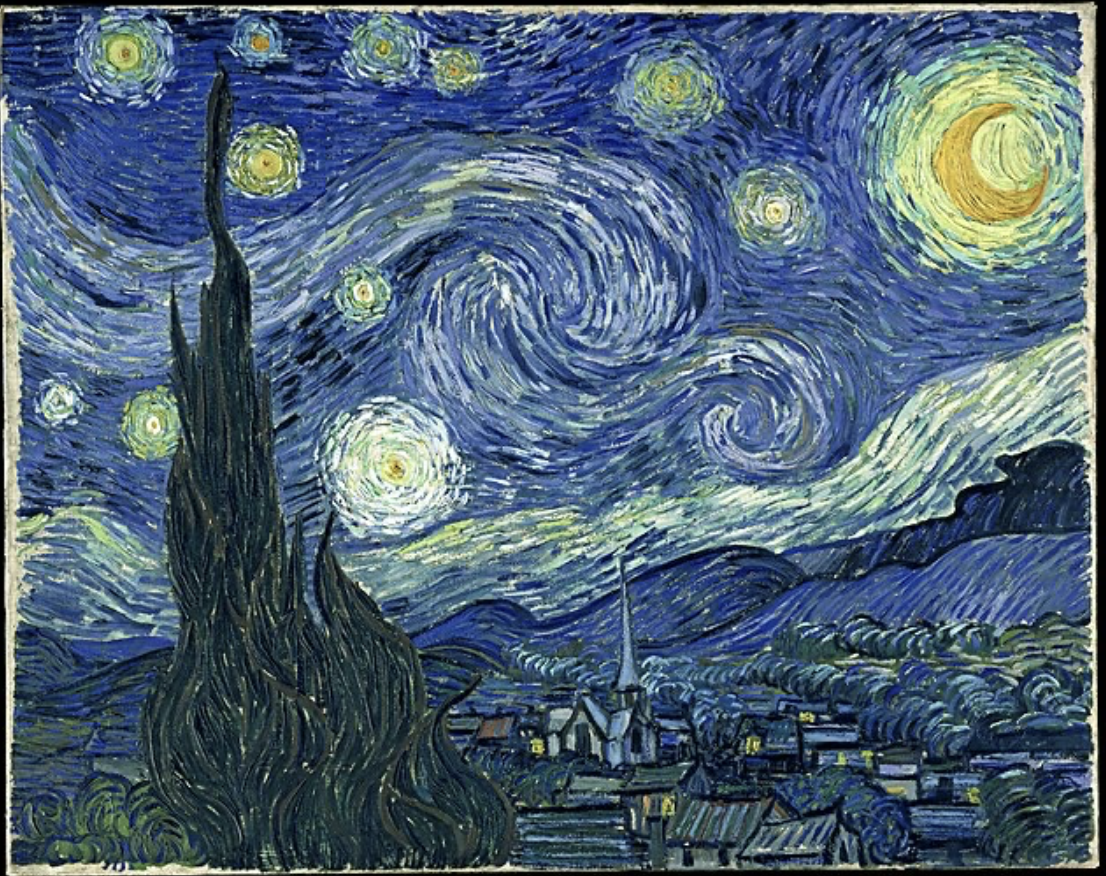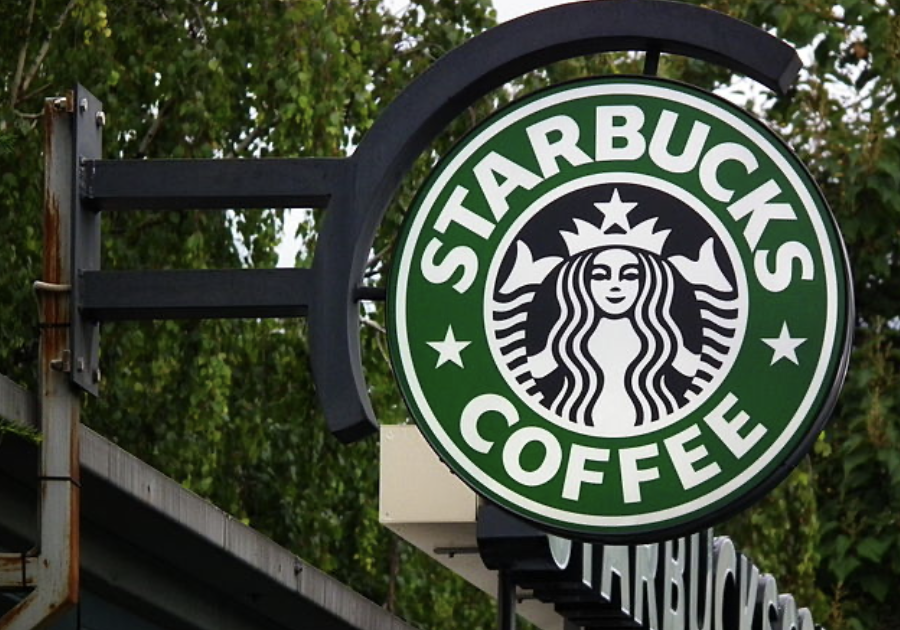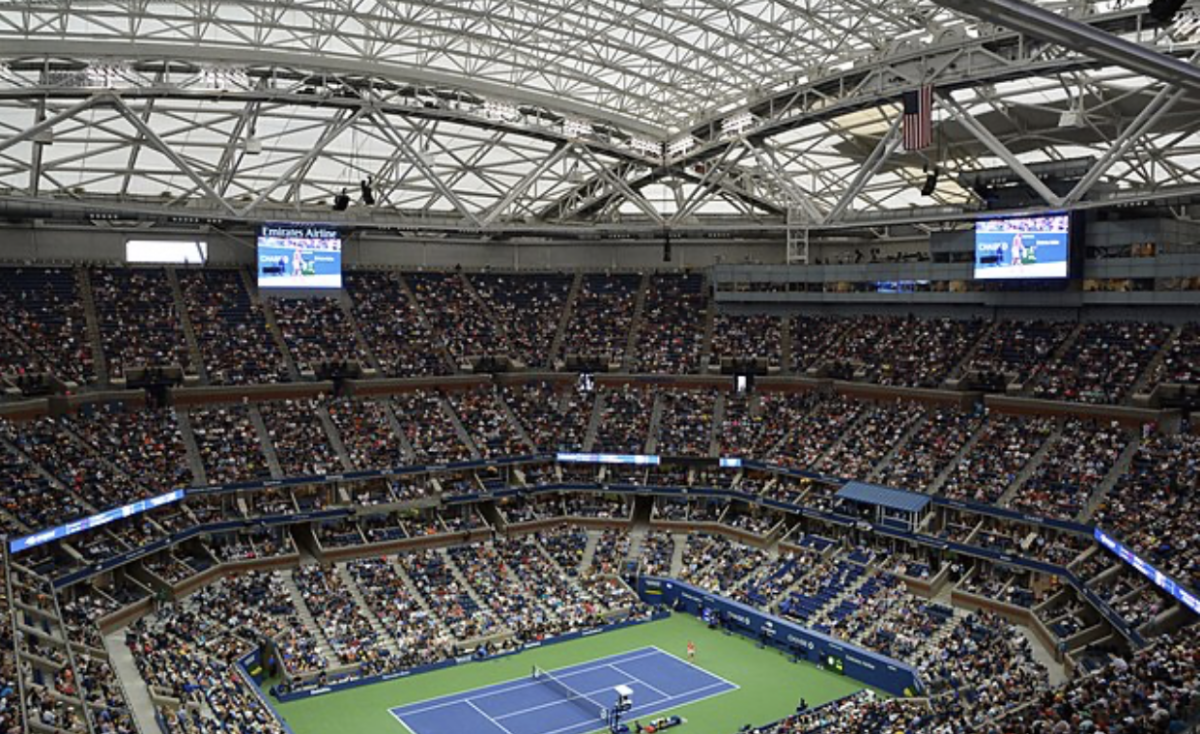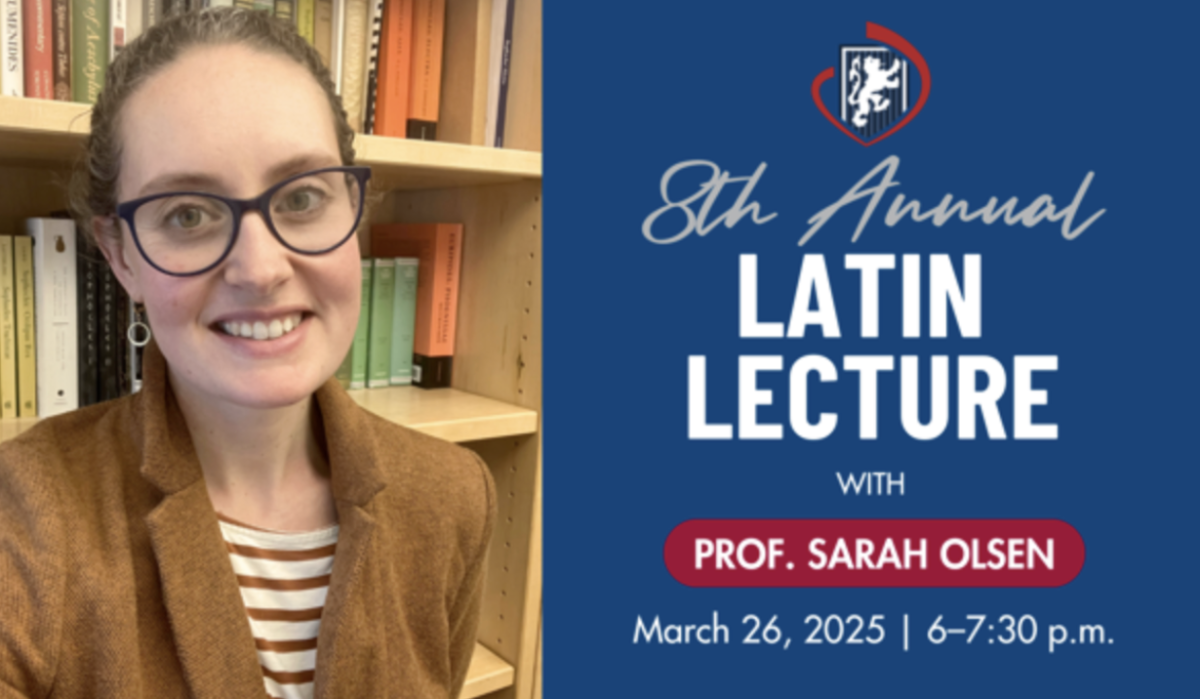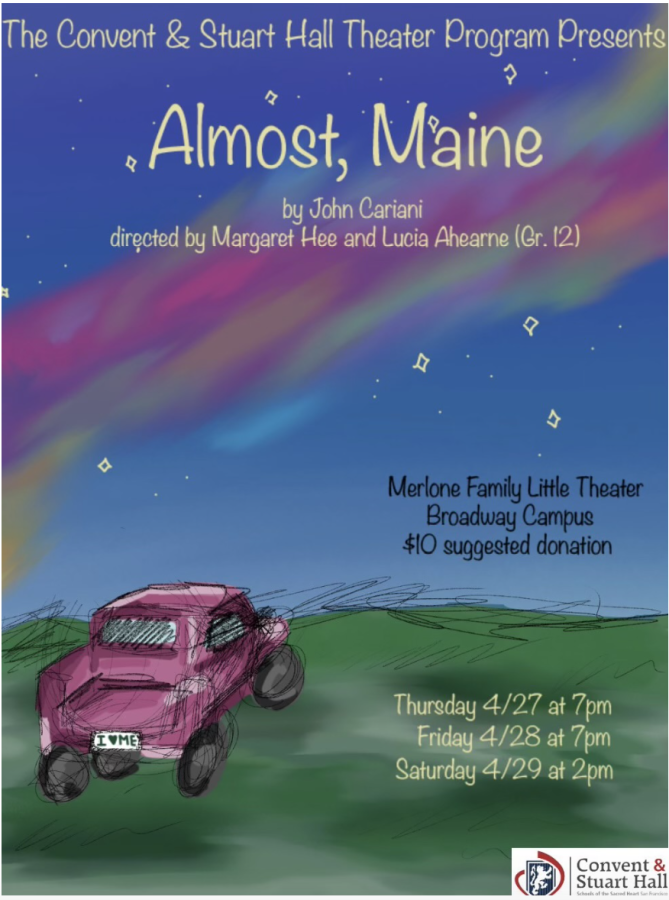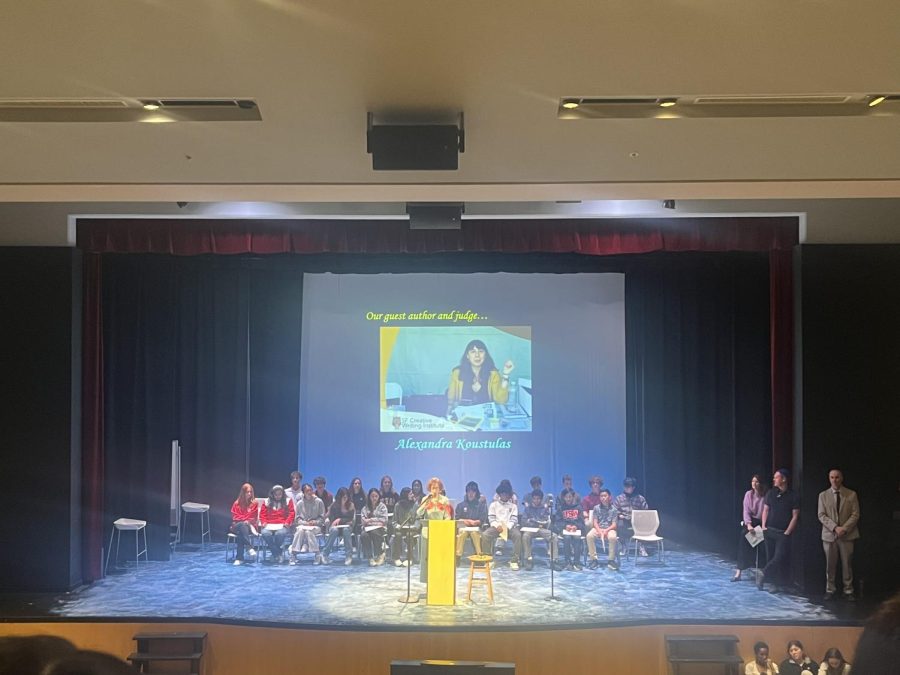Ava Martinez
Reporter
Walking down Union Street among the boutiques and restaurants, it is easy to overlook the Octagon House, a museum containing a variety of items from Colonial to Federalist America.
The house is one of just two eight-sided houses remaining in San Francisco — the other three were destroyed in the Earthquake and Fire of 1906.
The museum contains a collection of furniture, portraits and looking glasses as well as English and American silver and pewter, English and Chinese ceramics, and Oriental rugs.
“One interesting thing found in the museum is a time capsule that William McElroy, the original owner of the house, placed in the staircase,” said Nancy McAteer, who has worked for six years for the National Society of the Colonial Dames of America, the organization that owns the Octagon House. “It included a newspaper clipping, a letter about his family, and photographs.”
“My personal favorite is a portrait of James Madison’s sister,” said McAteer.
Although it is located close to school, the majority of the students know very little about the Octagon House.
“I think the reason not many people notice it is that at first glance it looks like just any other house so people don’t really think about it or what it is,” said junior Chloe Look.
“We don’t see many younger people or students visit the Octagon House very often,” said McAteer. “The museum tends to attract an older demographic and we don’t encourage young children to come because we want to keep the house in good condition.”
One of the most noticeable things about the house from the outside is its shape.

“Octagon houses have always been popular over history and there was a revival in popularity in the mid-1800s, around the time the Octagon House was built,” said McAteer. “At the time, it was believed that eight-sided buildings had more balance and would maximize the amount of fresh air and light that entered the house.”
In reality eight-sided houses limit the amount of light that enters a building.
“Eight-sided houses aren’t as open to light as rectangular houses,” said Jeffery Graham of Graham Architects. “Also, they are more difficult to construct than rectangular houses because of the more awkward angles where the walls meet,” said Graham.
However structurally, eight-sided buildings are efficient.
“Octagonal houses have a lot of exterior siding, so they conserve energy and money because they are easier to insulate [than rectangular houses] so less heating is necessary,” said Graham. “The most efficient would be a circular house because they have the most exterior siding, but an octagonal house is the second best.”
The house, now fully restored, was in poor shape when the National Society of the Colonial Dames of America first bought it from PG&E in 1952.
“It had been a boarding house before we bought it and it was nearly falling apart,” said McAteer. “PG&E was about to tear it down but we bought it for $1 because we were interested in preserving the historical building.”
In interest of maintaining the condition of the house, the museum is open only nine hours a month.
“It is the minimum amount of time we can have it open and still have our tax status,” said McAteer. “We don’t want people coming in all the time because it requires more maintenance. It would also be very difficult to get enough volunteers to work at the house in order to have it open more often.”
The Octagon House is open the second Sunday and the second and fourth Thursdays of the month from noon to 3 p.m. Admission is free, but a donation is suggested.




